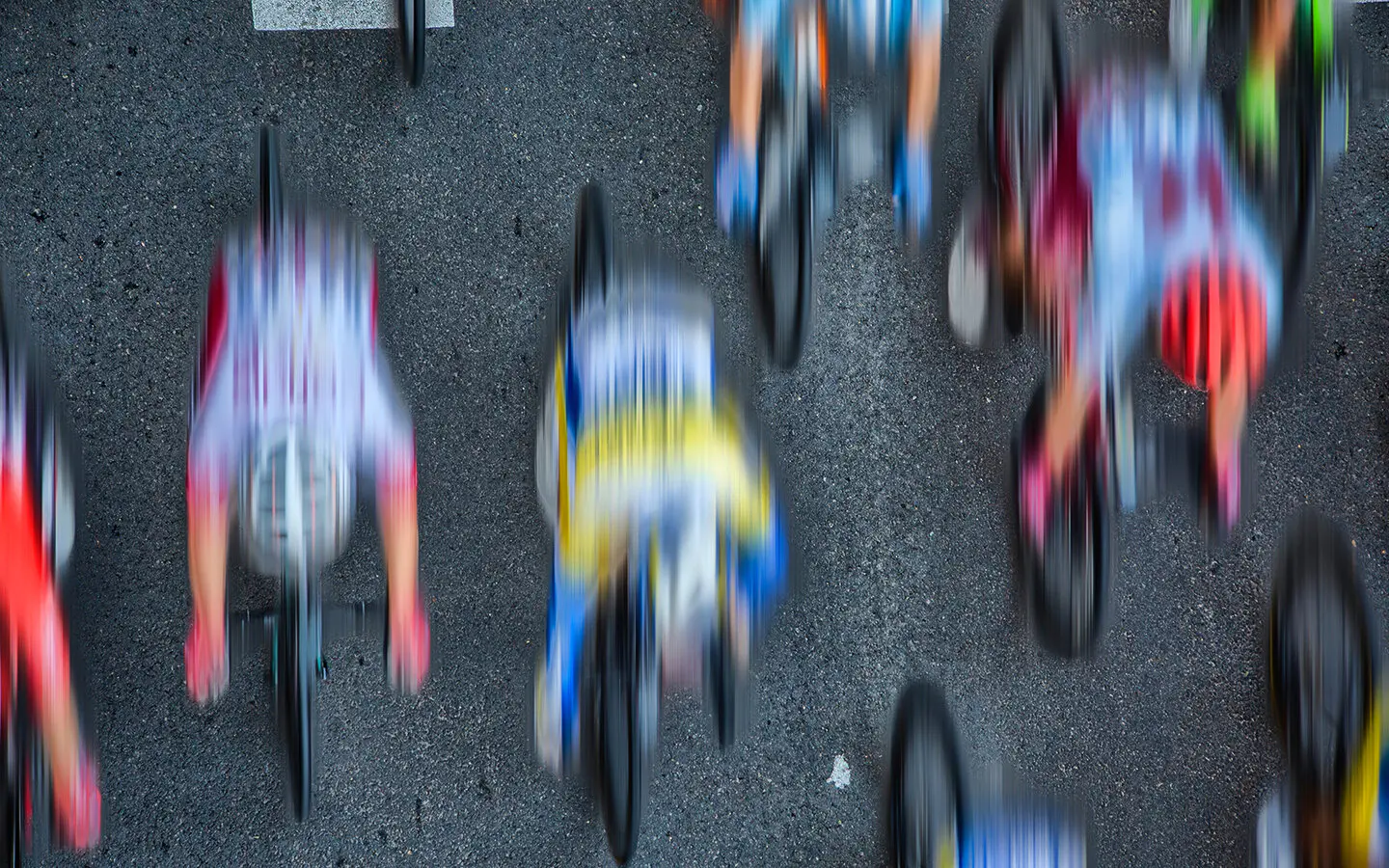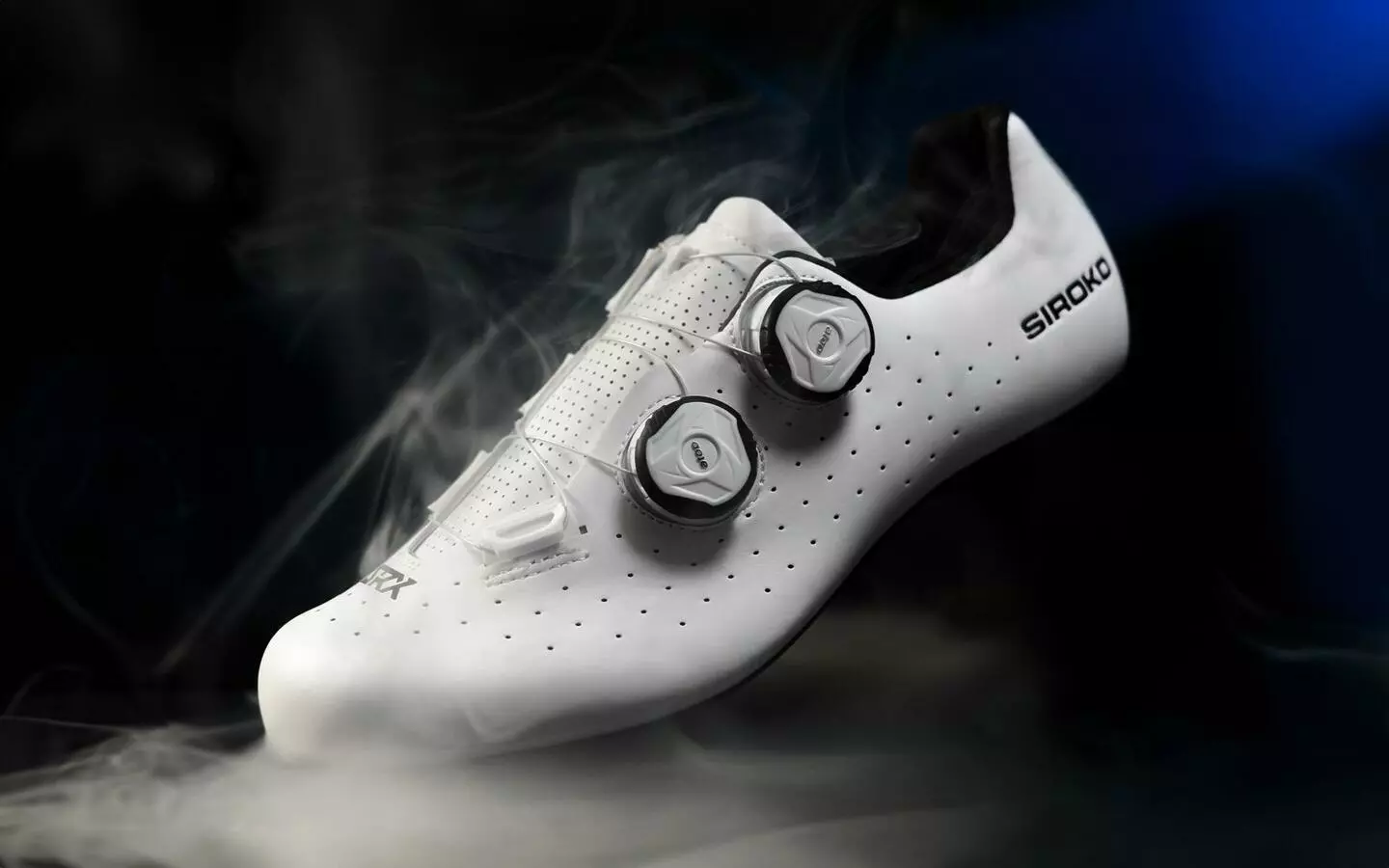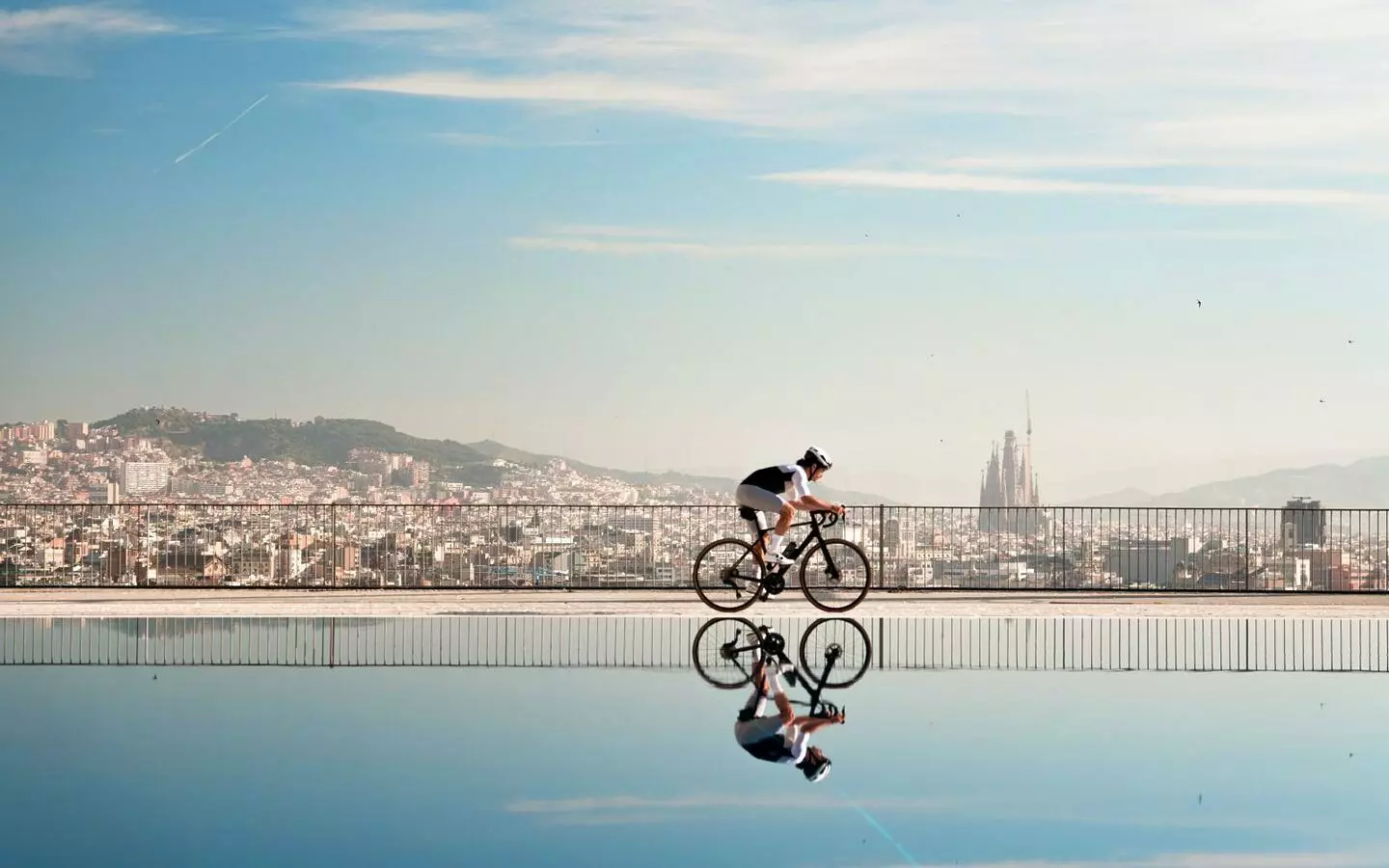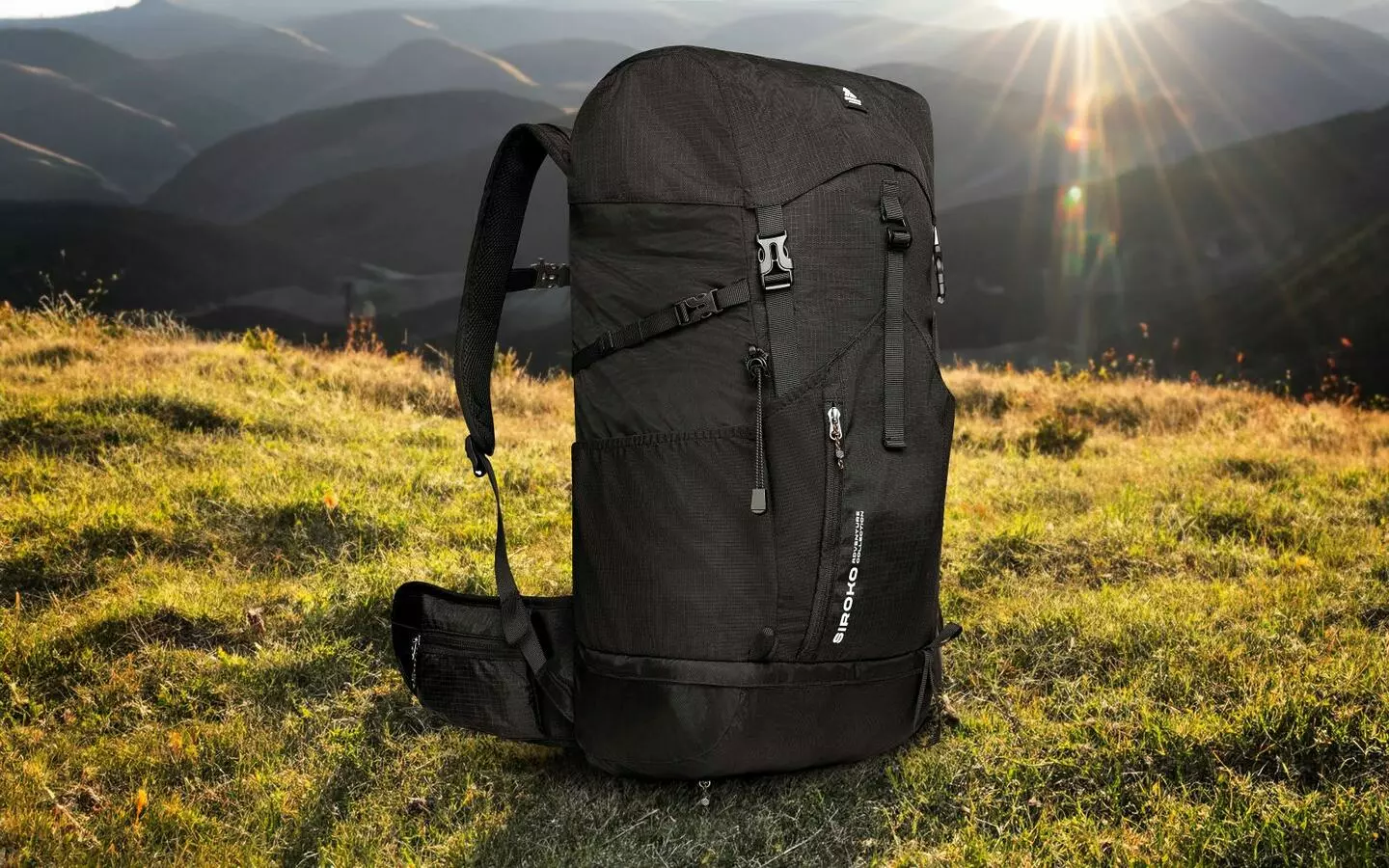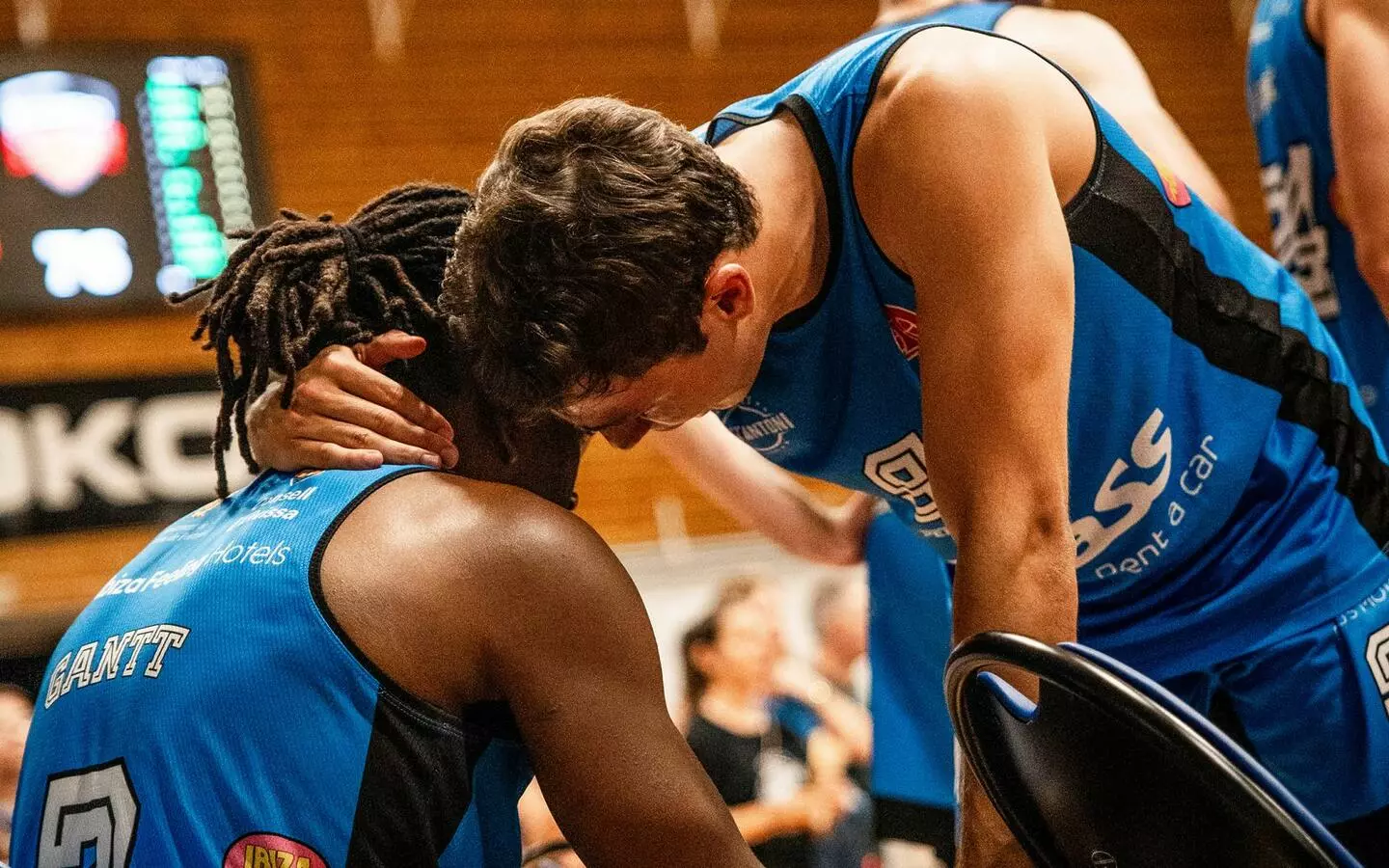Some cycling jerseys can be incredible design masterpieces, while others… perhaps not so much. In this fun list of designs, we’ll show you some of the most peculiar, flamboyant or downright ugly cycling jerseys in Tour de France history. Get ready for a good laugh and some fashion criticism. You might even find one or two styles you like, some of them you might have worn before yourself. Fashion is ever-changing, and some designs age better than others, but in any case, we don’t think any of the following ones will end up becoming a classic such as the La Vie Claire cycling jersey.
Castorama 1990-1994
This team was active up until 1995, but the cycling jersey they wore this year in particular didn’t have the style they had from the beginning that made them so popular. The employees from the French company Castorama, specialized in construction, decoration and gardening, all wore blue overalls on top of a blue and white striped t-shirt. And as the team’s main sponsor, Castorama definitely had something to do with the design of this cycling jersey. The team didn’t go unnoticed, not only because of their cycling jerseys, but also because they had great French cycling champions among them, such as Laurent Fignon, Luc Leblanc and Thierry Marie. And Thierry Marie precisely, known as ‘Mr. Prologue’, proudly showed off this cycling jersey in the 1990 Tour, winning the prologue as expected.
Système U 1986-1989
Thierry Marie himself was the one to wear Système U’s cycling jersey for the first time in 1986’s Tour de France, winning the prologue too. It wasn’t a mere chance, as both team Système U and Castorama had the same structure. It shared colors with team Renault – Elf, with a little less black colored details, a different design and the sponsor logo on one side. The result didn’t make the team’s history the justice it deserved.
Toshiba 1990-1991
Who would’ve thought one of the most admired and venerated cycling jerseys in this sport, from team La Vie Claire, would be replaced by one of the worst designs in the history of cycling. That happened in 1990, when the team gave up on their previous design, inspired by Dutch artist Piet Mondrian. If matched with a pair of all-black bib shorts, it wouldn’t have been that bad, but this color combination together with the black stripes was only fashionable in the 90s.
Mario Cipollini – Tour de France 1999, 9th stage
1999 is the start of Lance Amstrong’s supremacy in the Tour. However, it was Mario Cipollini (a.k.a. Super Mario) who, up until the 9th stage, was the one to have gathered most stage victories, four in a row exactly. Right after Metz’s time trial, where Amstrong laid the grounds of his very first Tour victory, Mario Cipollini showed up dressed in a toga to celebrate Julius Caesar’s birthday. Plus, his team Saeco-Cannondale, changed their red colored jerseys to white with golden detailing. Both Cipollini and the team undoubtedly got the attention they were looking for, as well as a fine coming from the Tour’s organization for using banned equipment. Cipollini struggled during the 9th stage and abandoned the Tour before crossing the finish line at Sestriere.
Mapei – Quick Step 2002
This team is one of the biggest headliners in cycling history, featuring true legends such as Johan Museeuw, Oscar Freire, Paolo Bettini or Michele Bartoli, among many others. It started with Italian origins, structure and sponsor (Mapei, a construction materials company), and turned into a Belgium-based team with Quick Step, a Belgian flooring company, as their sponsor. From the very beginning, their cycling equipment always stood out and led to contrasting opinions among the public. To our personal liking, the 2002 cycling jersey is the one that aged the worst, unlike the beautiful Colnago C40 bikes the team used and which are now collector’s items.
Cervélo Test Team 2009-2010
White is not always the best color when it comes to cycling equipment, especially bib shorts. But oddly enough, this team used black both in 2009 and 2010, a combination that never goes out of fashion and that they could’ve used on the Tour de France for their bib shorts. Turns out they used a mix of black and white (plus some shades of gray in 2010), which didn’t stop them from gathering victories. In 2009, they won two stages (Thor Hushovd and Heinrich Haussler) and one in 2010 (Thor Hushovd). It takes a whole new level of confidence to be using white apparel on a rainy day…
Milram 2009
You have to be very careful when trying to make the sponsors happy with the design of your equipment. It can get out of hand: just look at team Milram (a dairy company) and their cyclists dressed as blue cows. Fortunately, the German team thought about it twice before using this design in the Tour and ended up choosing black bib shorts with blue stripes on the sides instead. The team had no luck and gathered no victories.
Polti 1994-1997
We’re rounding up this list with the team sponsored by Polti, an Italian manufacturer of irons and vacuum cleaners. If someone can come up with the meaning behind this abstract design please let us know in the comments, as we honestly have no clue.
This concludes our lists of the worst cycling equipment designs in the history of the Tour de France. We just wanted you to have a little bit of fun, but as we all know, the Tour de France is much more than just a showroom for sponsors. It puts cyclists’ skills, performance and resistance to the test in a span of three weeks, which is why, even though we might come across a few ‘ugly’ cycling jersey designs, let’s enjoy every Tour and hope future designs will still make us laugh and have a good time.
